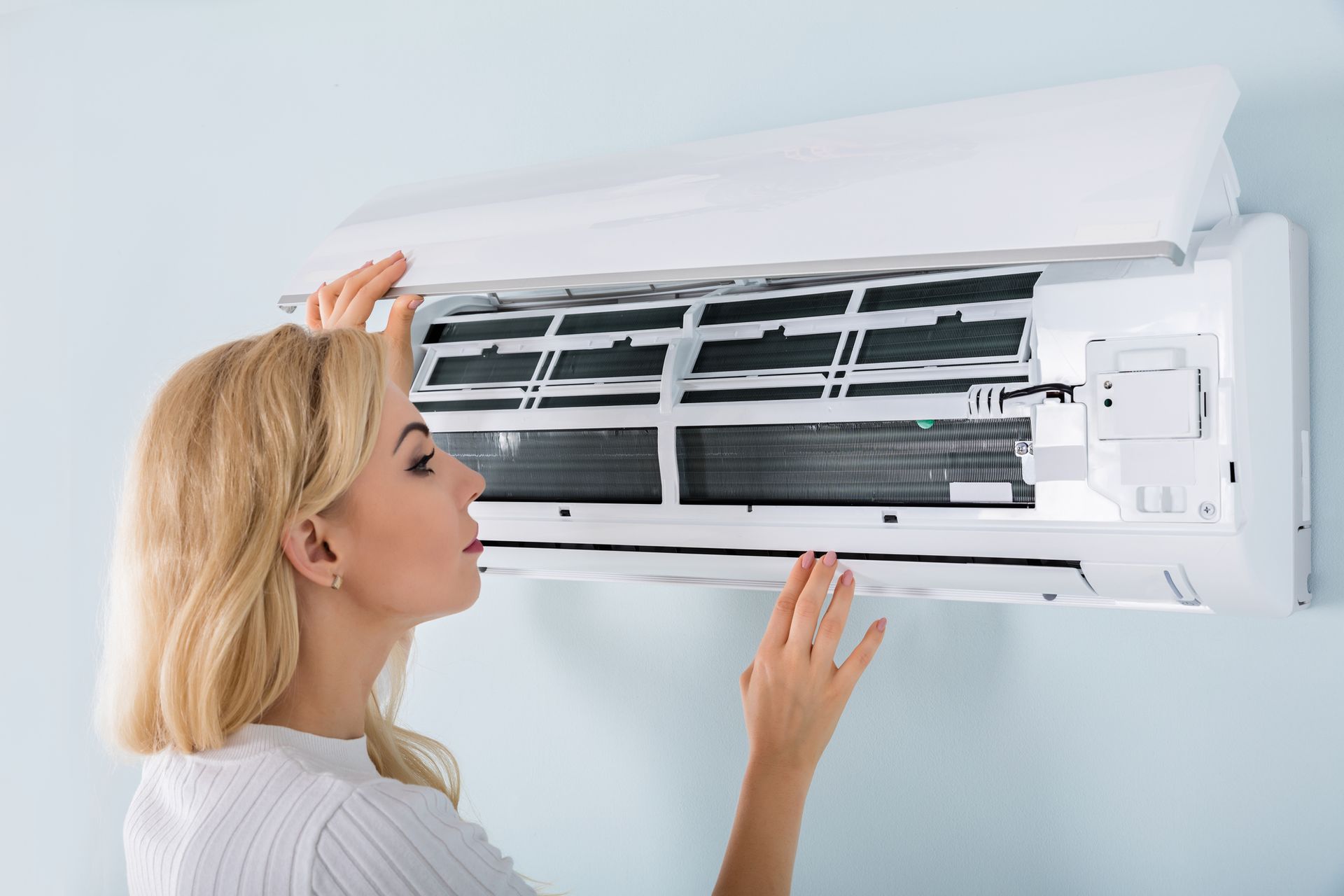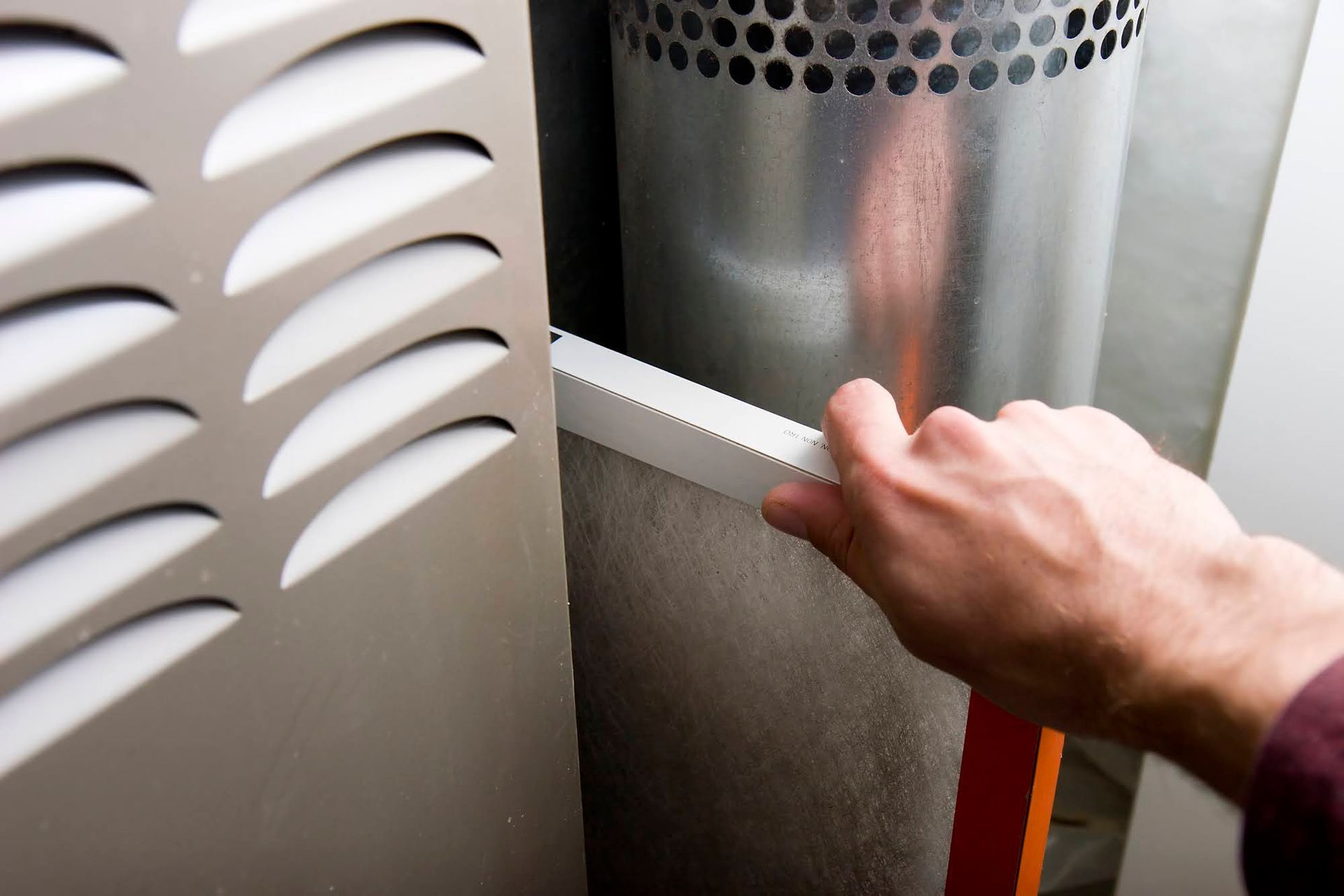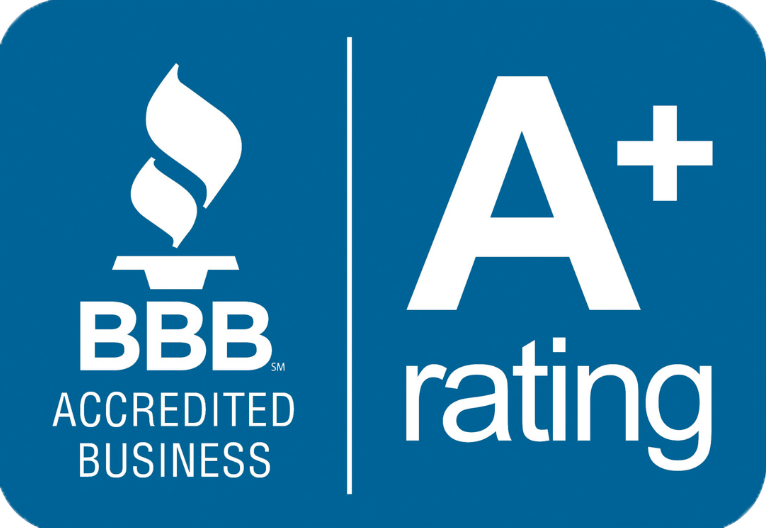How Do You Know You Need to Get Another Furnace?
Admin • January 22, 2021

Letting go of certain things is often one way to improve your life. One such thing might be the furnace, which, after a long, good run, may require replacement. So, what are the obvious signs you need to make a change for a replacement or even better unit?
Aging Unit
ENERGY STAR–rated furnaces have an average lifespan of 15 years
in a typical household. The type of fuel also influences its lifespan. Electric furnaces often last longer than gas furnaces.
Unfortunately, you can’t always easily evaluate the age of a unit. Check the unit's manual or present the manufacturer with the serial number. Do not just replace a serviceable furnace because of age, but knowing may provide context to some performance issues you experience.
Inconsistent Performance
Cold interiors even when the heat is turned up is perhaps an obvious motivation to inspect your furnace. Rule out other possibilities such as a failing thermostat or new air leaks. Lack of alternative causes means you should not push your heating system into top gear.
Seek expert help, especially when you experience different temperature ranges in various rooms. Older blower furnaces have outdated technology, so replacement is often a must.
High Energy Bills
Various issues can cause increased energy bills. A unit that receives regular maintenance with sealed ducts should not cause your utility bill to balloon suddenly.
Old furnaces no longer efficient can lead to the slow increase of the heating bill. The internal furnace parts wear out, causing inefficiency that gets so bad that running the numbers shows that replacing it is a better value proposition.
Yellow Burner Flame
A properly functioning natural gas furnace should have a strong, definitive blue flame. The crisp flame shows burners are clean without leaks. Check the flame color through the cover vents.
Yellow furnace flames mean that your furnace produces carbon monoxide. The toxic gas has no odor and lacks taste, and carbon monoxide poisoning can cause headaches, weakness, and confusion. Indicators of a carbon monoxide leak from your furnace include streaks of soot, excess moisture on cold windows, and rusted pipe connections.
Reduce chances of getting carbon monoxide poisoning by leaving the house and call in your utility to turn off the gas. Plus, consider buying a new furnace or upgrading it if the problem is persistent.
Frequent Loud Noises
Unusual noises from older furnaces as the equipment starts, runs, or shuts down are a cause for concern. Most furnace noises are harmless, but do not ignore them if you hear these sounds:
- Deafening banging: This is likely from the buildup of gas in your system. It can crack the heat exchanger, causing expensive yet dangerous damage to your furnace and home.
- Loud scraping and clanking: Sounds of metal rubbing against each other indicate a potential issue with the unit blower wheel. Turn off your furnace and get a professional to inspect it before you can turn it back on.
- Constant rattling: Such noises mean that you may have some loose screws or your heat exchanger has broken down. Call in a technician if tightening loose components does not stop the rattling.
- High-pitched screeching: Broken-down blower belts, dry moving parts, or defective blower motors are major suspect components.
Do not grit your teeth through this winter dealing with another cold spot in your home. Upgrade to a modern, more efficient unit. A contractor can advise you on the ideal new furnace for your home, depending on your requirements and budget.
Are you set to replace or upgrade your furnace? Contact Comfort Solutions
today for more information. We look forward to hearing from you.










